Welcome to an exciting journey of discovery as we delve into “The Sandy Dolls Native American Series” alongside our knowledgeable guide. In this exploration, we will uncover the intricate beauty, cultural richness, and stories that these remarkable dolls hold.
Join Native American Clothes learn about the artistry and heritage behind these dolls, gaining a deeper appreciation for Native American traditions and craftsmanship. So, let’s embark on this captivating adventure and immerse ourselves in the world of “The Sandy Dolls Native American Series.”
What dolls represent Native American spirits?
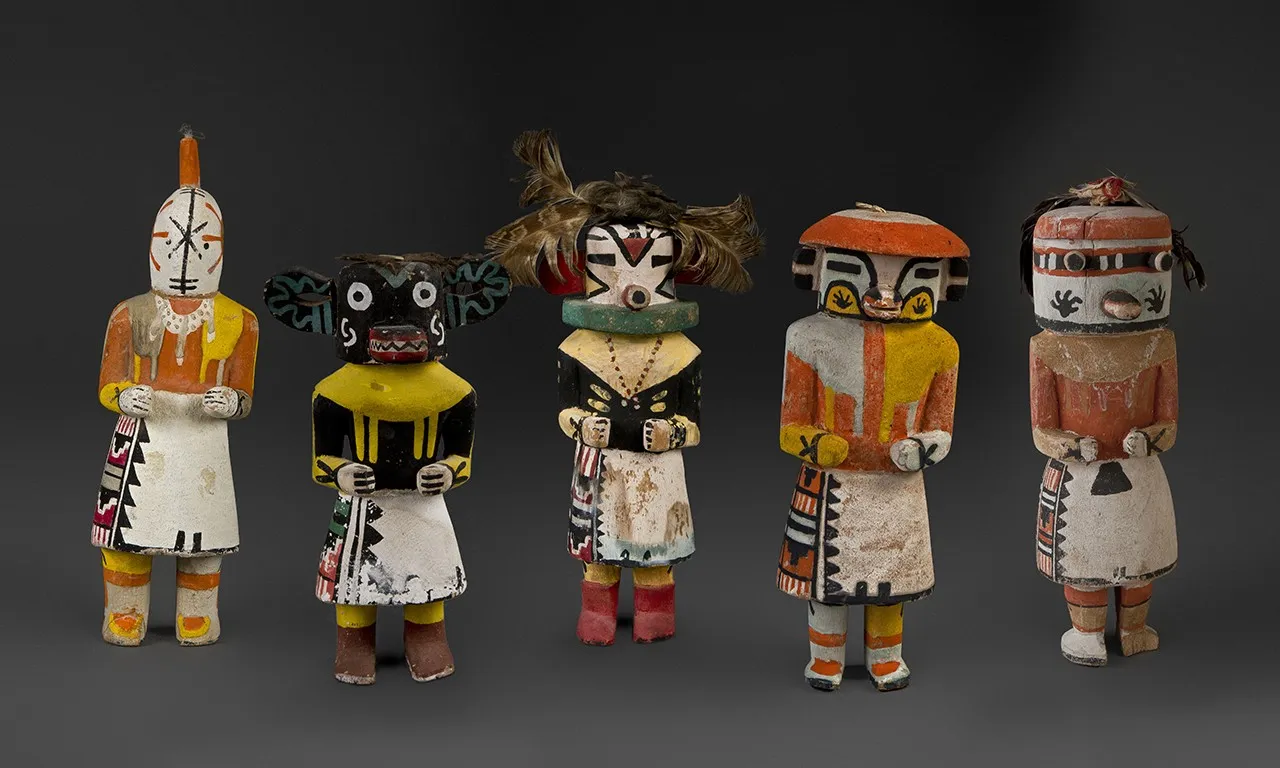
Exploring the Artistry of Hopi and Navajo Kachina Dolls
Preserving Stories Through Carved Cottonwood
When it comes to indigenous artistry, the Native American tribes have a rich tapestry of traditions and creations. Among these are the fascinating Hopi and Navajo Kachina dolls, exquisite wooden sculptures that hold profound cultural significance.
Hopi Kachina Dolls: A Glimpse into Tradition
Imagine a single piece of cottonwood tree root transformed into a work of art, rich in history and storytelling. That’s the essence of the traditional Hopi Kachina dolls. Originally crafted as educational tools for Hopi children, these dolls have evolved into much more.
These dolls take center stage during a special ceremony that spans from the Winter Solstice to mid-Summer. During this time, elders present Kachina dolls as gifts, a way to impart and preserve their ancestral stories and wisdom.
Today, there are over 250 distinct spirits represented through Native American Indian Kachina dolls, each with its unique narrative. Among the common figures, you’ll find the Crow and Priest Killer, each with its own tale to tell.
Navajo Kachina Dolls: A Whimsical Twist
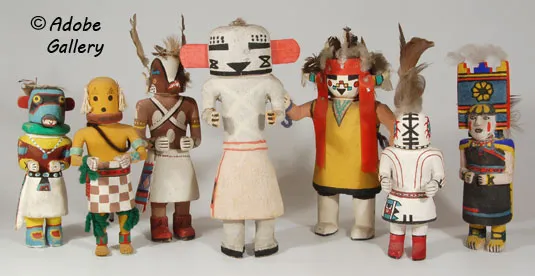
While the Hopis are renowned for their solemn approach to Kachina dolls, the Navajo tribe has woven this art form into their own cultural fabric. However, the Navajo tradition brings a touch of whimsy to these wooden sculptures, setting them apart from their Hopi counterparts.
Navajo artists, inspired by the Kachina doll tradition, infuse their creations with a more playful and imaginative spirit. The result is a delightful blend of tradition and creativity that showcases the diversity and adaptability of Native American artistry.
Join us as we delve deeper into the world of Hopi and Navajo Kachina dolls, exploring their cultural importance, artistic intricacies, and the captivating stories they hold within.
What is the name of the Native American doll?
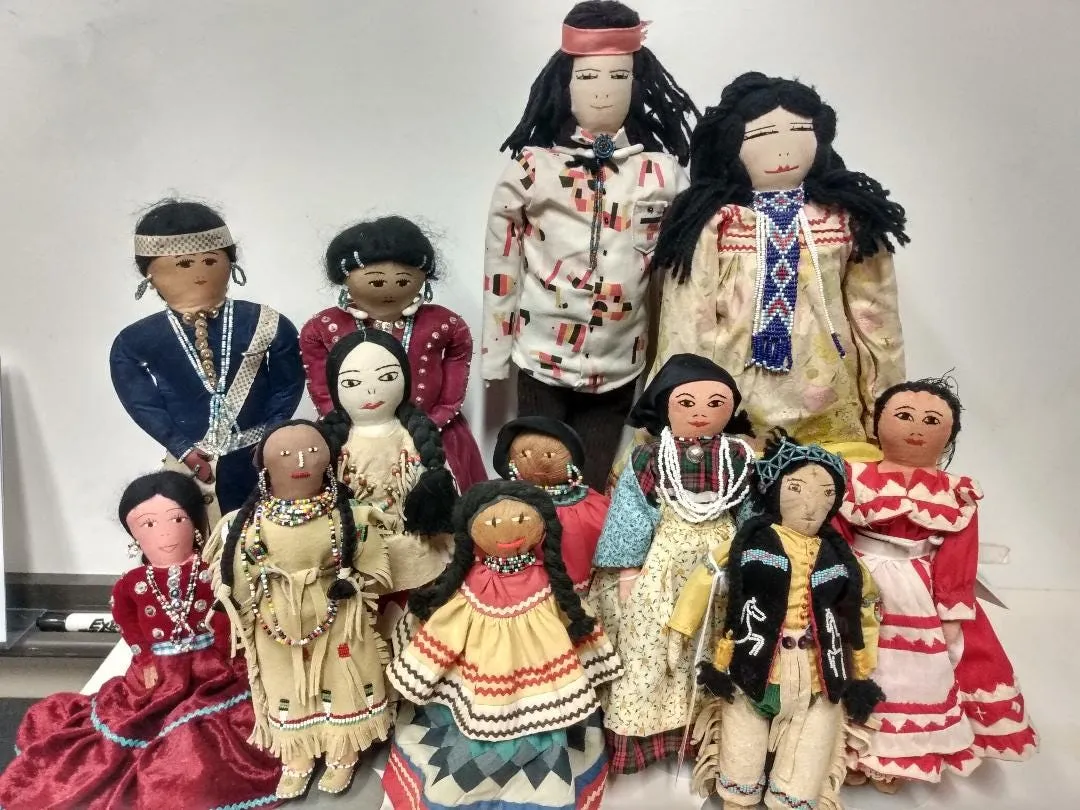
In the vibrant tapestry of American Indian artistry, one remarkable creation stands out—the kachina doll of the Pueblo Indians. These dolls are more than just relics of early culture; they are profound and instructive sacred objects that play a unique role in preserving the rich mythology of the Pueblo people. Surprisingly, they are also cherished as toys by children, offering a captivating way to learn about their heritage.
Kachina Dolls: A Window into Pueblo Culture
At its core, the kachina doll represents a beautiful fusion of spirituality and education. These dolls serve as tangible embodiments of sacred beings, each with its unique significance in Pueblo cosmology. But what sets them apart is their dual purpose—the dolls are not only revered as religious artifacts but also cherished as playthings.
A Journey Through Myth and Play
For Pueblo children, the kachina doll is more than just a toy; it’s a portal to their cultural heritage. Through playful interactions, they learn the intricate myths, legends, and stories that have been passed down through generations. In a world where ancient wisdom meets youthful curiosity, the kachina doll takes on a role that transcends time and tradition.
The Enduring Allure of Kachina Dolls
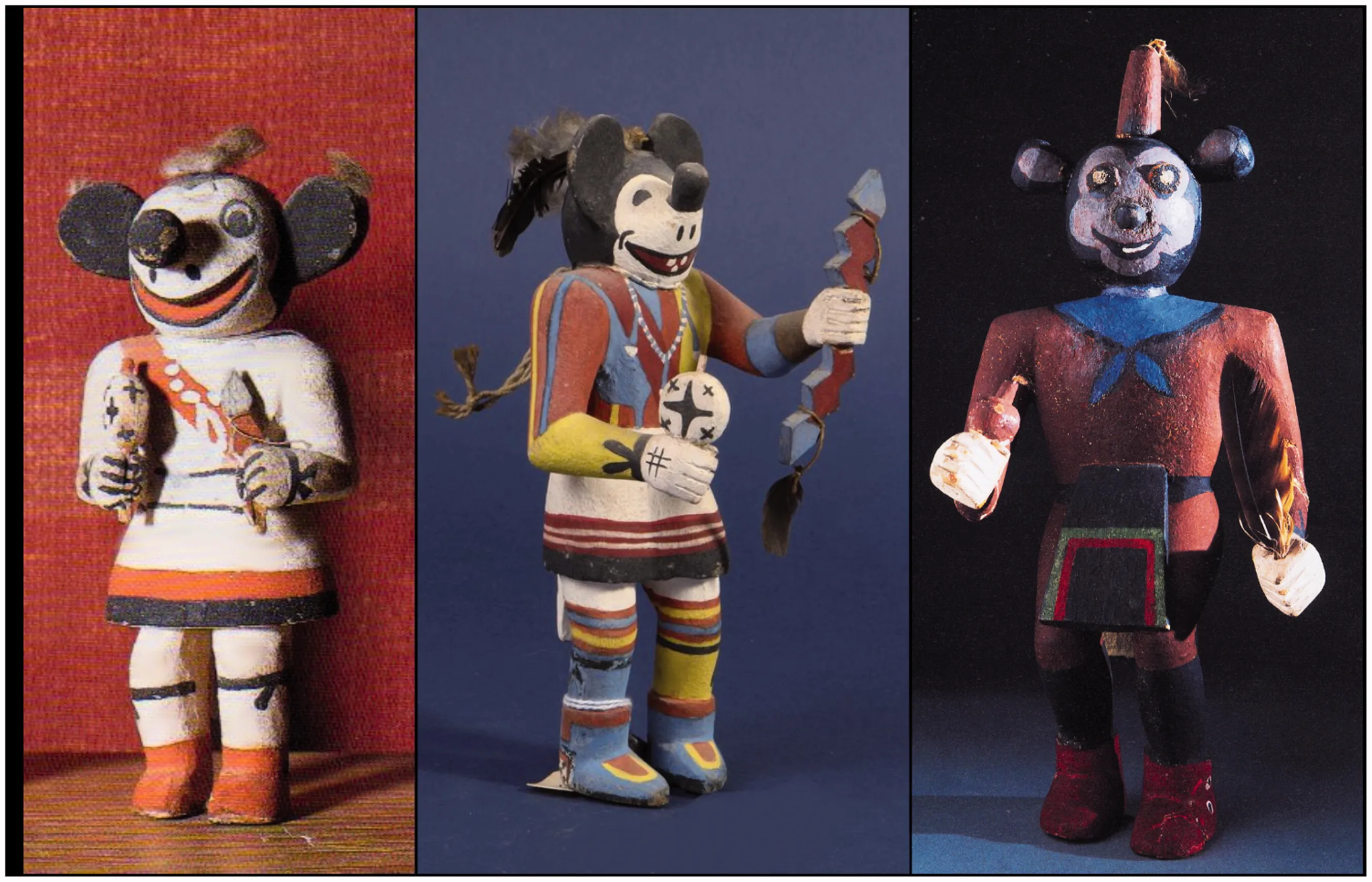
Throughout history and across diverse cultures, children have always found joy in play. The kachina doll, with its deep-rooted connection to Pueblo spirituality and mythology, adds a layer of significance to this universal pastime. It’s a reminder that even in the act of play, we can discover profound insights about our culture, our history, and ourselves.
Join as we embark on a journey to unravel the captivating world of Pueblo kachina dolls, exploring their rich symbolism, cultural importance, and their unique place as both sacred artifacts and cherished toys.
Why don t corn husk dolls have faces?
Discovering the Symbolic Silence
Have you ever wondered why corn husk dolls, exquisite creations of Native American artistry, lack one prominent feature we often take for granted—faces? The answer lies in a deeply rooted cultural belief that imparts a powerful lesson transcending generations.
The Legend of the Great Spirit
According to Haudenosaunee tradition, the Great Spirit, a divine and omnipotent force, played a pivotal role in shaping the destiny of corn husk dolls. Legend has it that the Great Spirit had once bestowed faces upon these dolls. However, this gift came with a profound responsibility.
The Divine Gift and the Moral Imperative
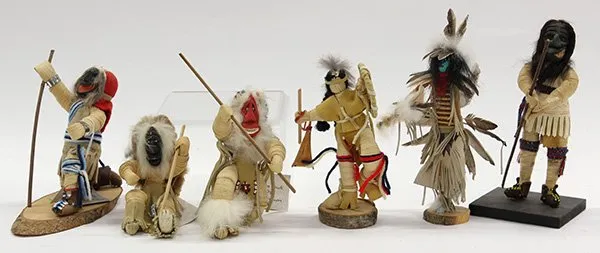
With faces came a burden—an obligation for the Haudenosaunee people to remember and uphold a fundamental moral principle. They were entrusted with the solemn duty never to believe themselves superior to others, as such hubris would invite grave consequences.
A Lesson in Humility
As a stark reminder of this lesson in humility, the decision was made to remove the faces from corn husk dolls. The absence of facial features serves as a constant and tangible symbol, urging individuals to remain humble, compassionate, and egalitarian in their interactions with others.
Preserving a Profound Message
Today, when we gaze upon these faceless corn husk dolls, we are not only admiring remarkable handcrafted artworks but also bearing witness to a timeless and powerful message. These dolls, embodying the spirit of humility and unity, carry forward a legacy that transcends generations.
The enigma of faceless corn husk dolls is a testament to the rich tapestry of Native American culture, where every artifact tells a story, imparts wisdom, and preserves the values of a community. These dolls, with their silent yet profound presence, continue to inspire us to tread the path of humility and equality.



